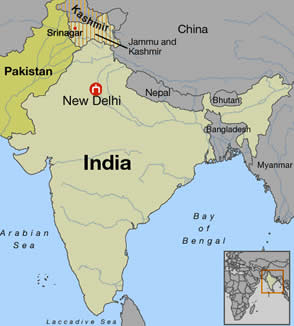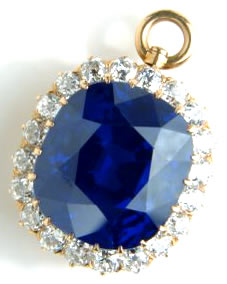Kashmir Sapphire: The Gem of Legends

Introduction
Ever heard of a gem so rare it’s practically a myth? That’s the Kashmir sapphire for you. These loose sapphires, hailing from the rugged Himalayas, are the stuff of legend in the gem world. Known for their mesmerizing cornflower blue hue, they’re almost impossible to find outside museums or jaw-dropping auction catalogs. To learn more about sapphires in general, check out our Sapphire Gemstone Information guide. Let’s dive into what makes these stones so special!
Characteristics of Kashmir Sapphires
What sets Kashmir sapphires apart? It’s all about that dreamy "blue velvet" look. The finest specimens boast a rich, cornflower blue color with a sleepy, soft quality, thanks to tiny rutile inclusions that scatter light just so. While top-notch sapphires from Ceylon or Burma can come close, Kashmir’s gems remain the gold standard. For example, Sri Lankan Sapphires offer stunning blues, and Pailin Blue Sapphires from Cambodia are known for their vivid hues. Even Australian Sapphires and Golden Triangle Sapphires bring unique qualities, but none quite match Kashmir’s elegance. They’re like the Rolls-Royce of sapphires—unmatched in elegance.
Historical Discovery
Picture this: it’s the 1880s, and a landslide in the Padar region of Kashmir, high up at 4,500 meters in the Himalayas, reveals a treasure trove of sapphire crystals. From 1882 to 1887, this mine was a goldmine (or rather, a sapphire mine), producing stones of exceptional quality and size. But by 1887, the good stuff started running dry. The Maharajah of Kashmir even called in British geologists to hunt for more, but they found the original deposit tapped out and placer deposits elsewhere weren’t as fruitful. Curious about other sapphire mining regions? Explore Where Are Sapphires Found for a global perspective.
Since then, mining’s been a tough gig. The area’s only snow-free for three months each summer, and today, it’s largely controlled by guerillas. Whether more of these gems are hiding in the Himalayas? That’s the million-dollar question.

Rarity and Value
Kashmir sapphires are so scarce they rarely pop up, even at fancy auctions. When they do, wallets tremble. Back in April 2007, a 22.66-carat cushion-cut Kashmir sapphire, nestled in a diamond-encrusted pendant, sold at Christie’s for a cool $3,064,000. That’s $135,000 per carat—a record for loose sapphires at the time! And get this: gemologists called it “a nice stone,” not even the cream of the crop. It’s their rarity, not just beauty, that sends prices into the stratosphere.

Geopolitical Context
Kashmir isn’t just a gem hotspot—it’s a region of stunning beauty and complex history. Nestled in the northwestern Indian subcontinent, it sits in a valley between India and Pakistan. Back in the 19th century, it was a princely state, but after the 1947 partition, it joined India, sparking a dispute with Pakistan that’s still ongoing. Parts of Kashmir are occupied by Pakistan, adding layers of tension to this already rugged terrain.
Frequently Asked Questions
Why are Kashmir sapphires so rare?
Most Kashmir sapphires were mined over 100 years ago, and the original deposit was exhausted by the late 1880s. Harsh Himalayan conditions and geopolitical issues make new mining nearly impossible.
What makes their color so special?
Their cornflower blue hue, combined with rutile inclusions, gives them a soft, velvety look that’s hard to replicate. It’s like staring into a serene blue sky!
Can I buy a Kashmir sapphire today?
It’s tough. They rarely appear on the market, and when they do, they fetch millions at auctions. Your best bet is to check high-end jewelers or auction houses, but be ready for a hefty price tag.
Are there other sapphires like Kashmir’s?
Ceylon and Burmese sapphires can be stunning, but they don’t quite match the unique “blue velvet” quality of Kashmir’s finest stones.

